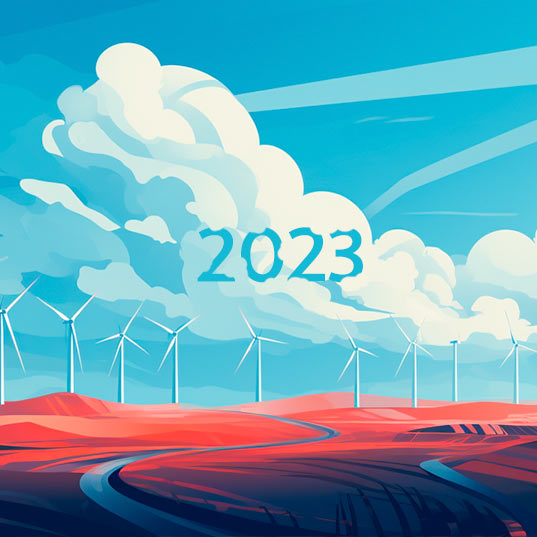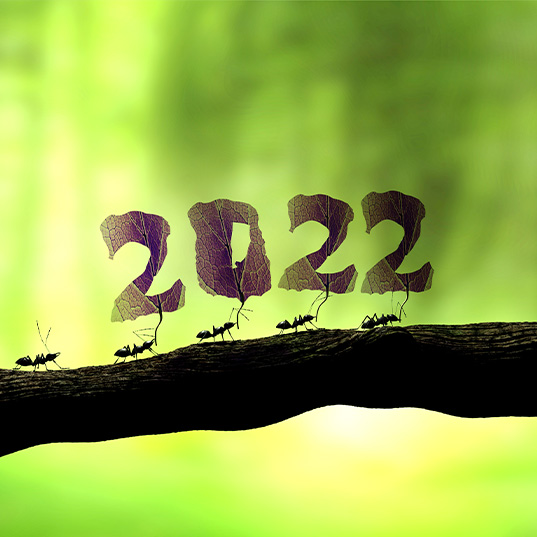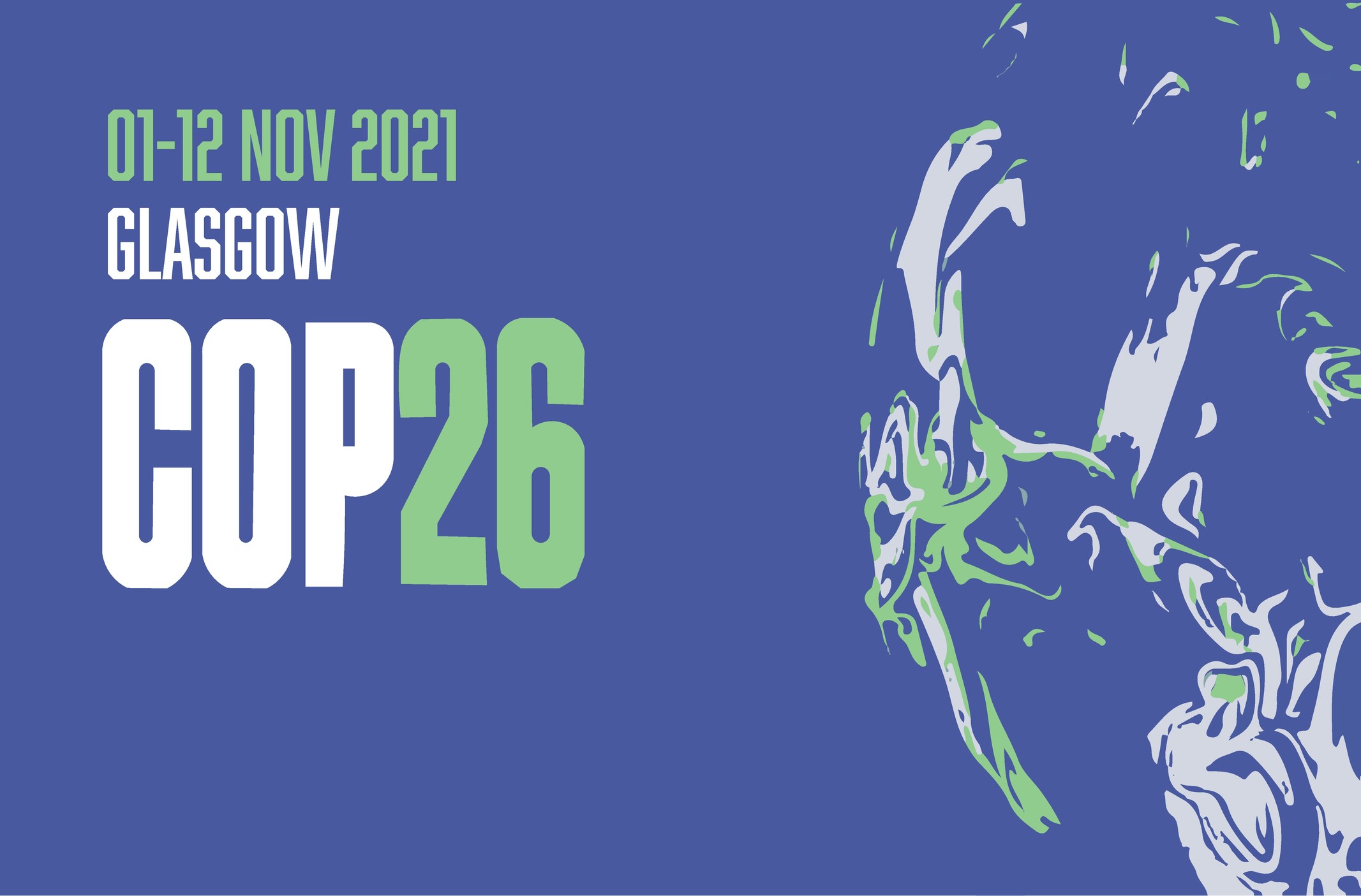Nations agree to scrutiny of sustainability plans
46 countries have agreed for their action plans to be reviewed by the United Nations with the aim of evaluating progress in fulfilling the 2030 Agenda
A fifth of the time has passed for countries to achieve the 17 Sustainable Development Goals (SDGs) foreseen by the 2030 Agenda. A deadline that once seemed far away is already looking like it could result in a fragmented response. In order to avoid this, some countries that are committed to implementing the SDGs are submitting their sustainability plans for voluntary review by the United Nations to assess their progress in the Agenda and, if necessary, redirect their initiatives.
VNRs, an exercise where there’s no room for complacency
During the month of July, the United Nations High-Level Political Forum (HLPF) was held in New York and saw countries agreeing to submit what is known as a Voluntary National Review (VNR) to the UN’s economic committee, ECOSOC. The initial idea was to undertake this form of situational analysis at the international level, but for the three years it has been practiced it has in fact taken on a regional character, steered by the member states with a view to involving all the interested parties: governments, civil society, private sector and citizens in general.
The aim of the VNRs is to assess the work the countries are carrying out to achieve the 169 targets in the 2030 Agenda and issue them with a diagnosis to try to give a new lease of life to their work, and taking into account their specific circumstances: a sharing of experiences, successes, challenges and difficulties to speed up the work of everyone involved and implement a universal agenda. The exercise requires a critical, honest and highly realistic approach by the countries. Self-justification has no place.
Bad results for all
The VNRs have only been around a short time. The first such review took place in 2016 and only 23 of the 193 countries that committed to the 2030 Agenda submitted their action plans for examination. In 2017, that number rose to 43, almost double. 2018, however, has not continued the same progression: with 46 countries taking part, just 3 more than the year before, among them Spain. The participating nations all have very different means and problems, from Mexico to Canada and Australia, Switzerland to Senegal.
This year’s theme is built around the “Transformation towards sustainable and resilient societies”, with special attention given to SDG 6, clean water and sanitation; SDG 7, affordable and clean energy; SDG 11, sustainable cities and communities; SDG 12, responsible production and consumption; SDG 15, life on the land, and; SDG 17, partnerships for the Goals.
The result of the reviews paints a very worrying picture. Analysts at the forum were withering in their criticism: none of the countries are headed in the right direction to reach the SDGs, there is a general lack of urgency, and the planet risks failing to achieve the Goals by 2030.
The following dynamic table shows the SDG results by color for each of the countries examined. Green, signifying the achievement of a Goal, has an almost pitiful presence in the chart, while Red, the most predominant color in the table, represents the worst of all possible scenarios.
The challenge of the data
The results of the VNRs reveal the slowness of countries in implementing serious measures to achieve the Sustainable Development Goals, but they also cast doubt on another central question: will the new roadmaps for each country be applied consistently?
Although the 2030 Agenda is universal, there is huge diversity in the way the self-assessments are presented for the various Goals, the way indicators are used, as well as in political definitions and vis-á-vis the perspectives of civil society and the private sector.
Quality data is vital so that organizations, governments and society can take informed decisions. But many national statistical systems are afflicted by serious failings, with vulnerable and minority groups left out altogether and certain indicators not taken into consideration when arriving at general conclusions
Sources: eldiario.es, Plataforma de Conocimiento para el Desarrollo Sostenible, Informe de los Objetivos de Desarrollo Sostenible 2018, Naciones Unidas, ECOSOC







